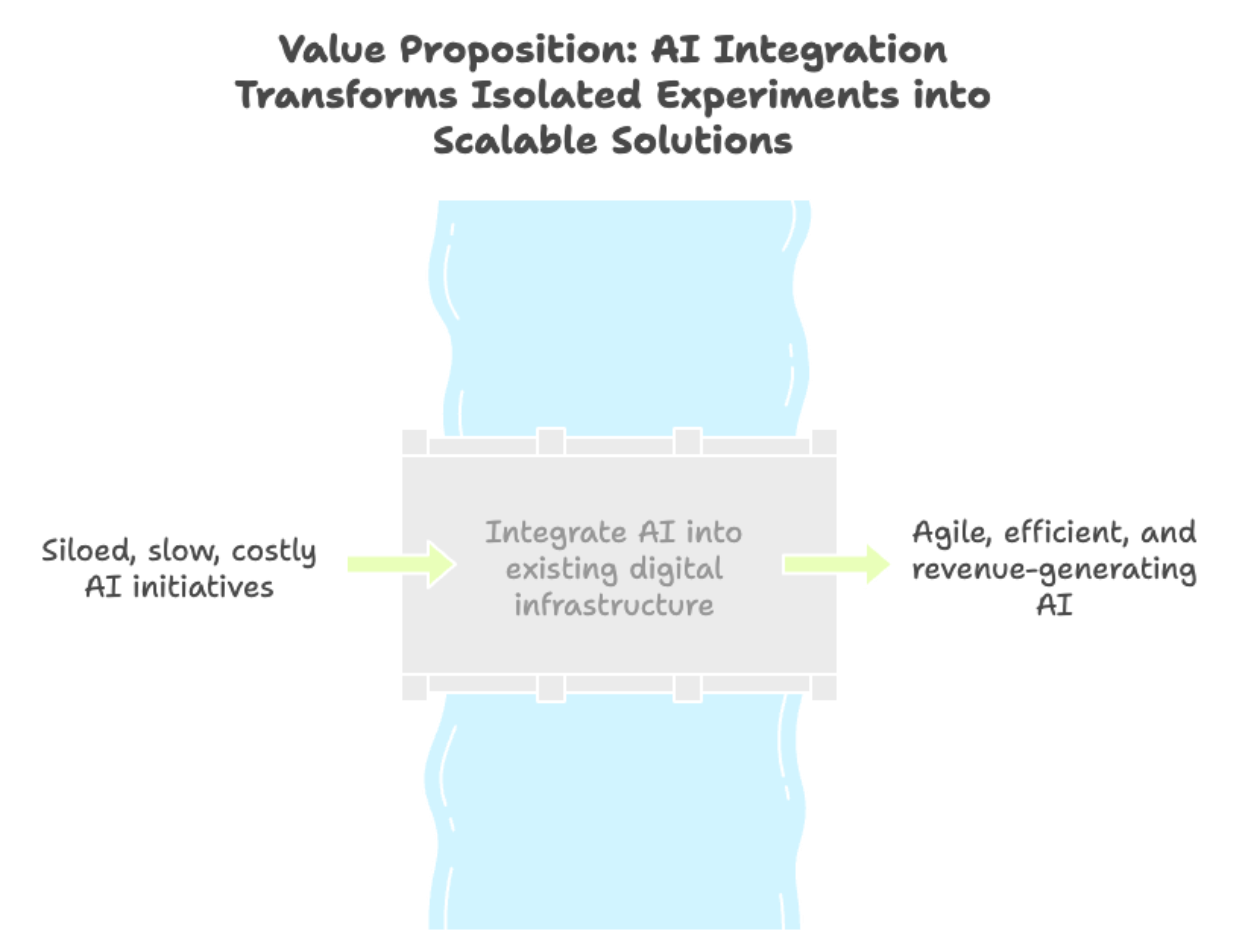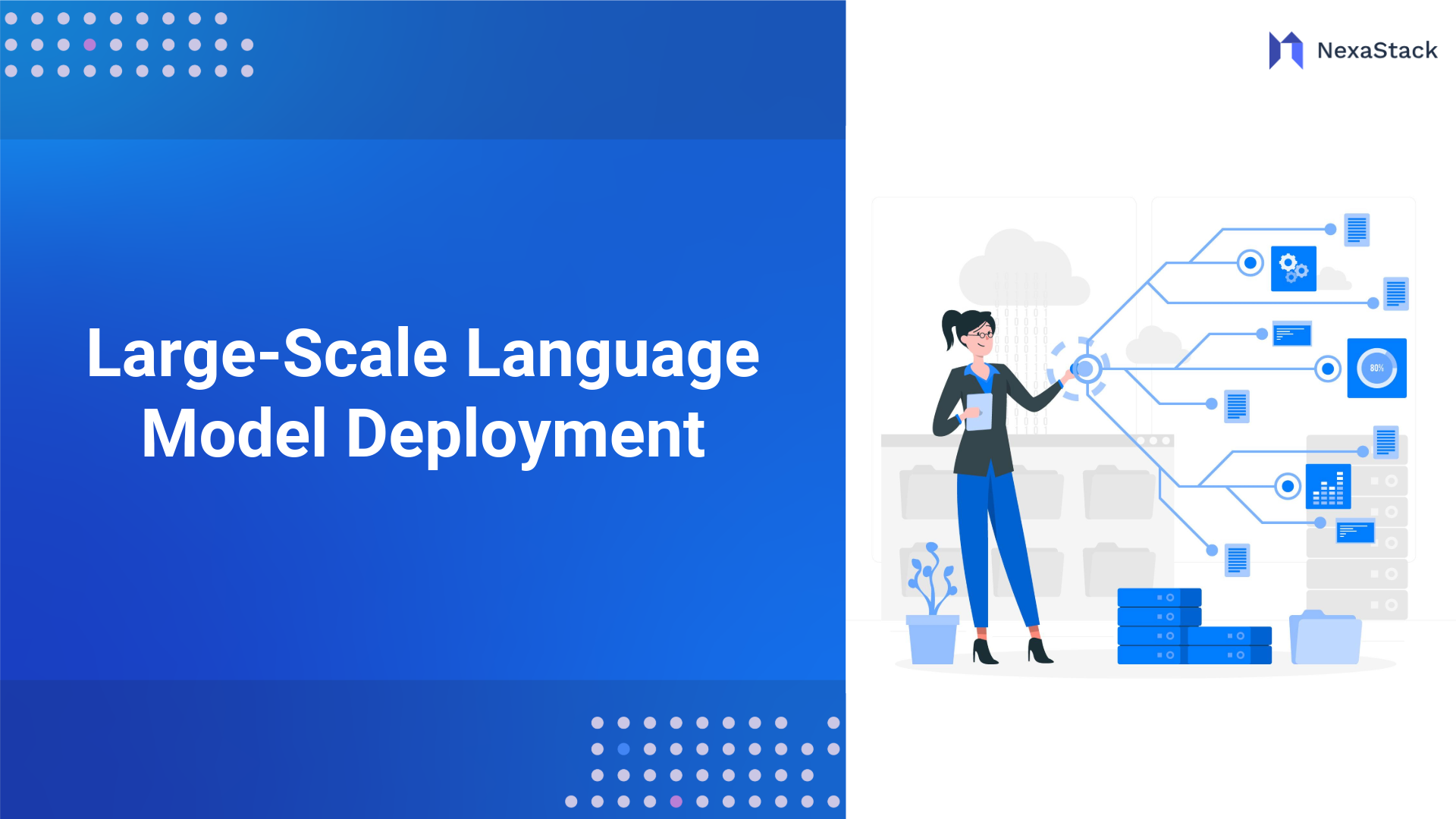Competitive advantage today is no longer defined solely by products or pricing — it’s defined by how well your systems work together. In an era of rapid digital transformation, integration has evolved from a backend function into a strategic enabler of innovation, agility, and growth. Businesses prioritising seamless connectivity between applications, data sources, and workflows are outpacing their competitors by responding faster, making smarter decisions, and delivering superior experiences.
Siloed systems create inefficiencies, slow innovation, and hinder collaboration. Conversely, integrated environments break down these barriers, allowing real-time data sharing, streamlined operations, and cohesive customer journeys. Whether syncing marketing with sales, aligning finance with operations, or unifying legacy platforms with modern AI tools, integration is the glue that keeps digital initiatives aligned and scalable.
Moreover, integration unlocks agility. It empowers organisations to adopt new technologies, pivot in response to market changes, and scale without disruption. As emerging technologies like AI agents and autonomous operations take hold, integration is the foundational layer that ensures these innovations can be deployed effectively across the enterprise.
This blog will explore how businesses can harness integration not just as a technical solution, but as a long-term competitive strategy — one that fuels resilience, accelerates transformation, and turns complexity into capability.
Value Proposition: Why Integration Accelerates AI ROI
The integration of AI into an organisation's digital fabric is not just a technical requirement; it is a strategic advantage. When executed effectively, AI integration brings immense value, positioning organizations for long-term success. 
Fig 1. AI Integration transforms Isolated Experiments into scalable solutions
Key Benefits Include:
-
Accelerated Development Cycles: Integration simplifies access to data, computing resources, and existing APIs, reducing the time required to build and test AI applications.
-
Improved Deployment Efficiency: Integrated AI pipelines ensure models move swiftly from development to production, minimising delays.
-
Real-time Decision-Making: AI models integrated with operational systems enable data-driven decisions in real-time, enhancing agility.
-
Cost Reduction: Integration reduces duplication of efforts, simplifies maintenance, and leverages existing IT investments, lowering operational costs.
-
Cross-Departmental Collaboration: Integrated platforms promote collaboration between data scientists, developers, and business units.
-
Enhanced Innovation: By reducing technical barriers, integration allows teams to experiment, iterate, and deploy AI solutions faster.
Ultimately, integration turns AI from isolated experiments into scalable, revenue-generating solutions that align with business priorities.
Assessing Your AI Integration Readiness
A successful AI integration journey begins with a realistic assessment of an organisation's technological landscape. Skipping this step often results in mismatches between AI tools and legacy systems, leading to inefficiencies and project failures.
Key Elements of Technology Assessment:
- Legacy System Compatibility: Understanding how existing systems, including ERPs, CRMs, and databases, interact with AI platforms.
- Data Readiness: Evaluating data accessibility, quality, and structure. Incomplete or poor-quality data can derail AI initiatives.
- Infrastructure Flexibility: Determining if on-premises, cloud, or hybrid environments can support scalable AI integration.
- Integration Tools and APIs: Assessing tools like MuleSoft, Apache Kafka, Zapier, and API gateways that enable seamless data and service integration.
- Security Posture: Ensuring the existing security framework can support secure AI deployment without exposing vulnerabilities.
- AI Platform Capabilities: Reviewing AI development tools such as TensorFlow, PyTorch, Azure AI, or AWS SageMaker.
- Compliance Requirements: Aligning integration strategies with industry regulations like GDPR, HIPAA, or CCPA.
Involving stakeholders from IT, data governance, security, and business operations in this assessment fosters alignment and reduces future integration challenges.
Real-World Applications of AI Integration
AI integration drives measurable outcomes across industries by transforming isolated use cases into scalable enterprise solutions.
Below are real-world examples where AI application development and deployment were accelerated using integration strategies:
Healthcare: Intelligent Clinical Assistants
Hospitals are deploying AI-powered clinical assistants that summarize patient histories, recommend personalized treatments, and alert providers to anomalies in real time. Integration with Electronic Health Records (EHR) systems using platforms like Google Cloud Healthcare API enables secure data exchange, supports regulatory compliance, and boosts operational efficiency. This exemplifies how AI platforms enhance AI ROI through contextual decision-making.
Manufacturing: Vision-Based Quality Control
Manufacturers are using computer vision models to detect defects on production lines. Integrated with existing MES (Manufacturing Execution Systems) via tools like Azure AI, these solutions reduce waste and improve yield. Such AI automation not only speeds up AI deployment but also strengthens AI governance through traceability and audit trails.
Financial Services: Fraud Detection Pipelines
Banks integrate AI fraud detection models with core banking systems using event streaming tools like Apache Kafka and managed cloud services like IBM Cloud Pak for Data. These AI integration platforms enable real-time decision-making, reduce false positives, and support compliance with regulations such as GDPR. This is a clear demonstration of AI scalability in action.
Implementation Framework for Scalable AI Deployment
 Fig 2. Structured AI Integration
Fig 2. Structured AI Integration
An ad-hoc approach to AI integration increases the likelihood of delays, security gaps, and project failures. Instead, a structured implementation framework improves success rates and accelerates value delivery.
- Define Business Objectives: Every integration decision should map to clear business goals—be it operational efficiency, customer experience improvement, or revenue growth.
- Select the Right Architecture:
Options include:
- Middleware-Based: Utilises integration platforms for centralised control.
-
Build Robust Data Pipelines: Reliable data pipelines using ETL tools, streaming platforms, and APIs ensure that AI models have access to high-quality, real-time data.
- Implement MLOps Practices: MLOps bridges the gap between data science and IT, enabling consistent model development, testing, deployment, and monitoring.
- Security and Compliance: Encryption, access controls, audit logs, and secure API gateways are essential to protect sensitive data and maintain compliance.
- Pilot Projects: Small-scale pilots help validate integration strategies, uncover hidden challenges, and refine processes before enterprise-wide rollout.
- Continuous Improvement: Post-deployment, collect feedback, monitor performance, and iterate to enhance integration quality and AI effectiveness.
Managing Organisational Change for Successful AI Integration
Even with perfect technology, AI initiatives can falter if the human element is overlooked. Resistance to change, skills shortages, and unclear roles can undermine AI integration efforts.
Effective Change Management Strategies Include:
-
Leadership Alignment: Executive sponsorship demonstrates commitment and sets the tone for organisational buy-in.
-
Stakeholder Engagement: Early involvement of all impacted teams—from IT to business units—ensures concerns are addressed.
-
Skills Development: Training programs on AI fundamentals, integration tools, and new workflows build confidence and competence.
-
Clear Communication: Ongoing, transparent communication reduces uncertainty and aligns expectations.
-
Cultural Transformation: Promoting a data-driven, experimentation-friendly culture accelerates AI adoption.
-
Recognition and Incentives: Celebrating integration milestones and AI success stories motivates teams to embrace change.
AI integration is not purely a technical rollout; it requires reshaping organisational mindset and workflows to succeed.

 Fig 2. Structured AI Integration
Fig 2. Structured AI Integration



